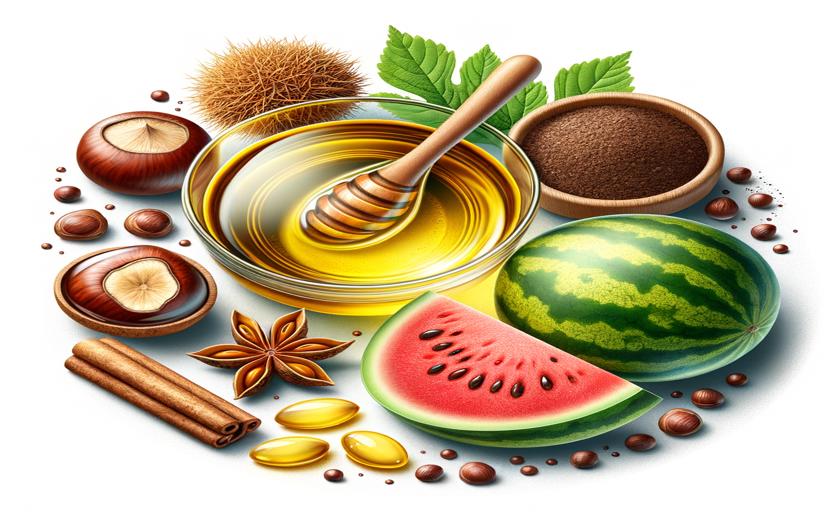
Using Chestnut and Watermelon Peels to Clean Eosin Yellow Dye from Water
Jenn Hoskins
22nd July, 2024

Image Source: Natural Science News, 2024
Key Findings
- The University of the Punjab studied using agro-waste materials to remove Eosin yellow dye (EYD) from wastewater
- Citric acid treated chestnut and watermelon peels showed high efficiency in removing EYD, with sorption capacities of 222 mg/g and 667 mg/g, respectively
- This eco-friendly method offers a cost-effective solution for dye pollution, promoting waste recycling and resource optimization
EnvironmentSustainabilityPlant Science
References
Main Study
1) Exploring feasibility of citric acid infused lignocellulosic waste derived from chestnut and water melon peels for phytofiltration of Eosin yellow dye from water.
Published 20th July, 2024
https://doi.org/10.1016/j.ijbiomac.2024.133878
Related Studies
2) Environmental pollution, a hidden culprit for health issues.
3) Photocatalytic Dye Degradation from Textile Wastewater: A Review.
4) Transgenerational effects of extracts containing Microcystin-LR exposure on reproductive toxicity and offspring growth inhibition in a model organism zebrafish.
5) Challenges for Circular Economy under the EU 2020/741 Wastewater Reuse Regulation.



 7th April, 2024 | Jim Crocker
7th April, 2024 | Jim Crocker